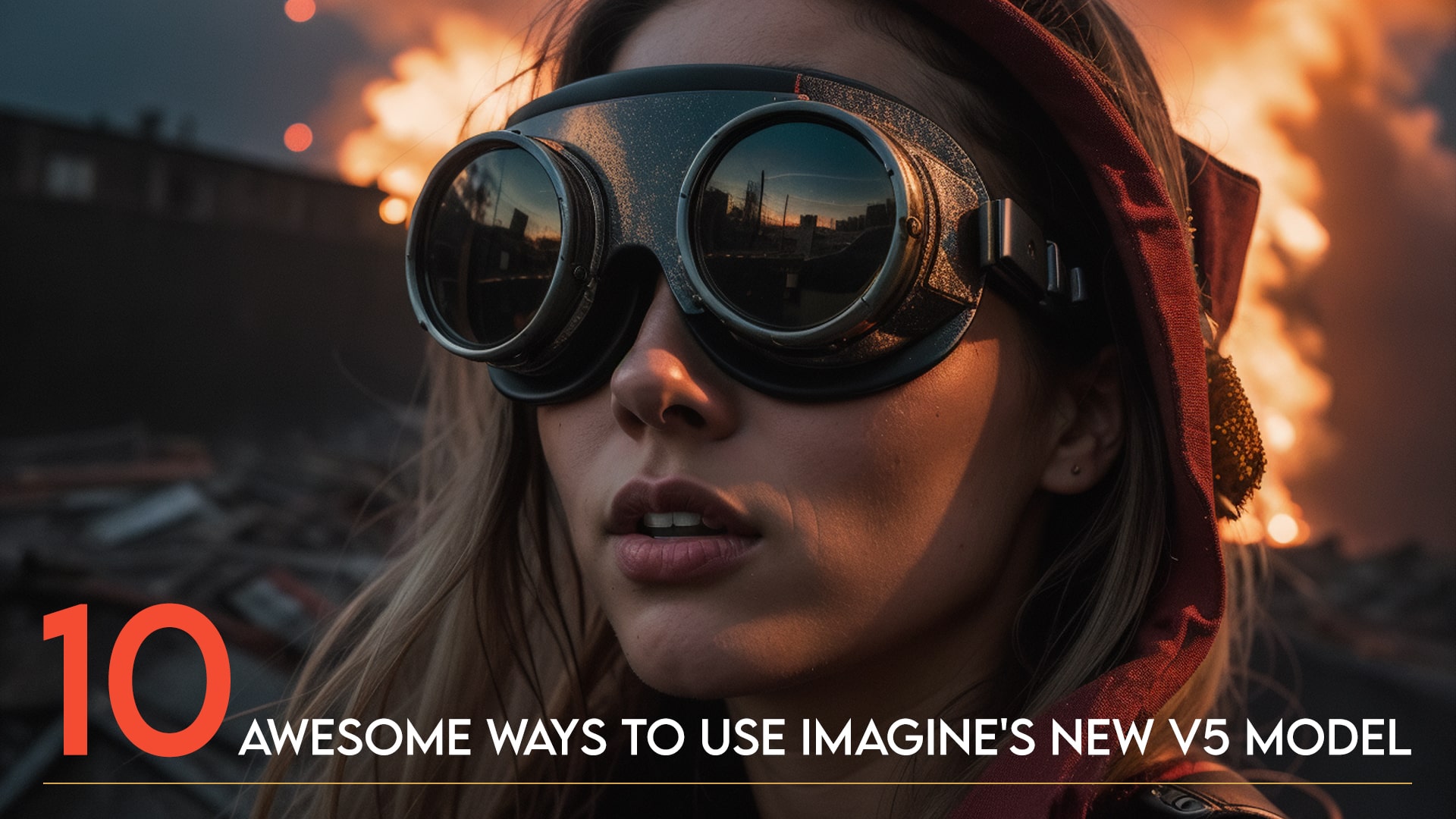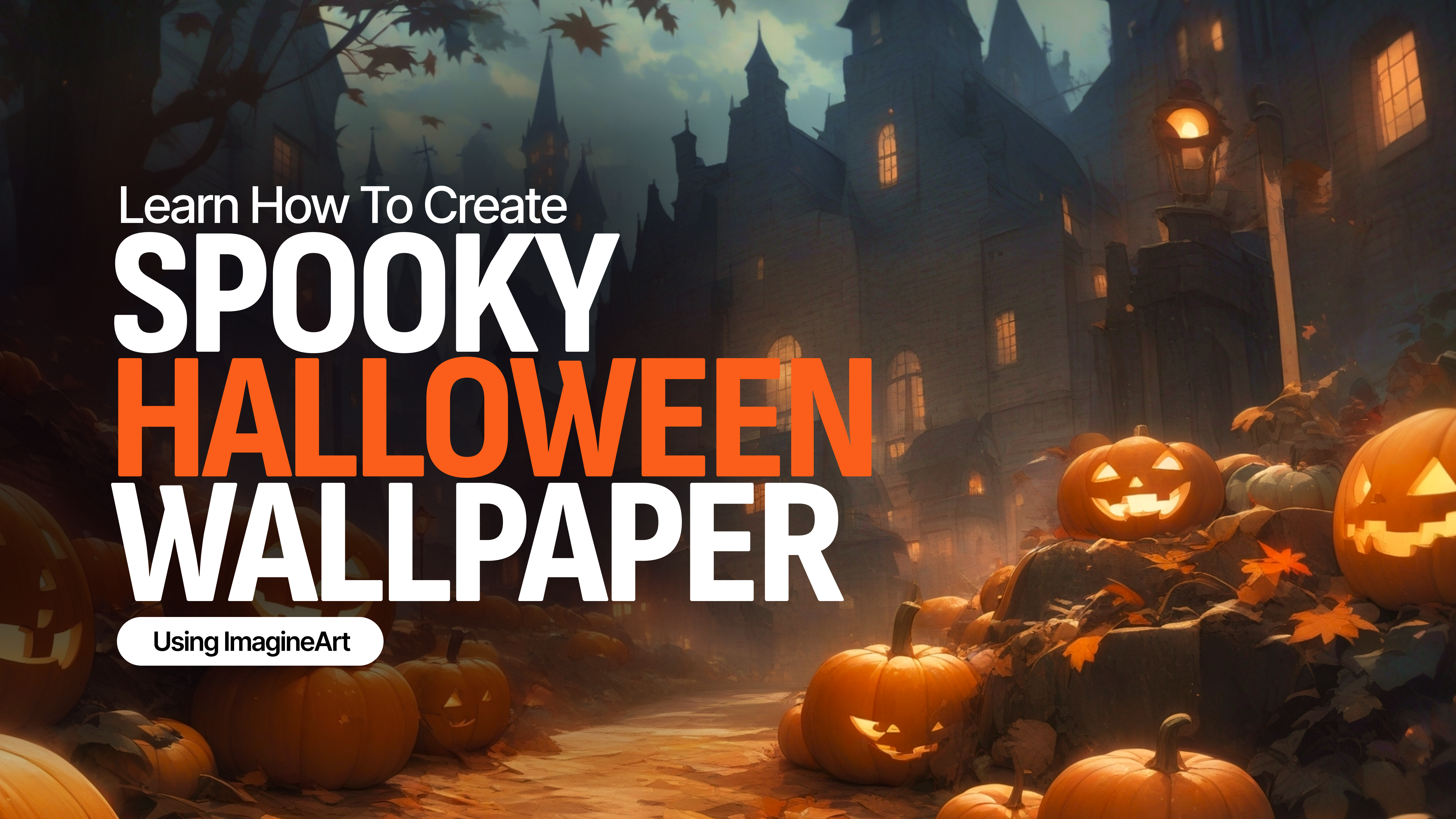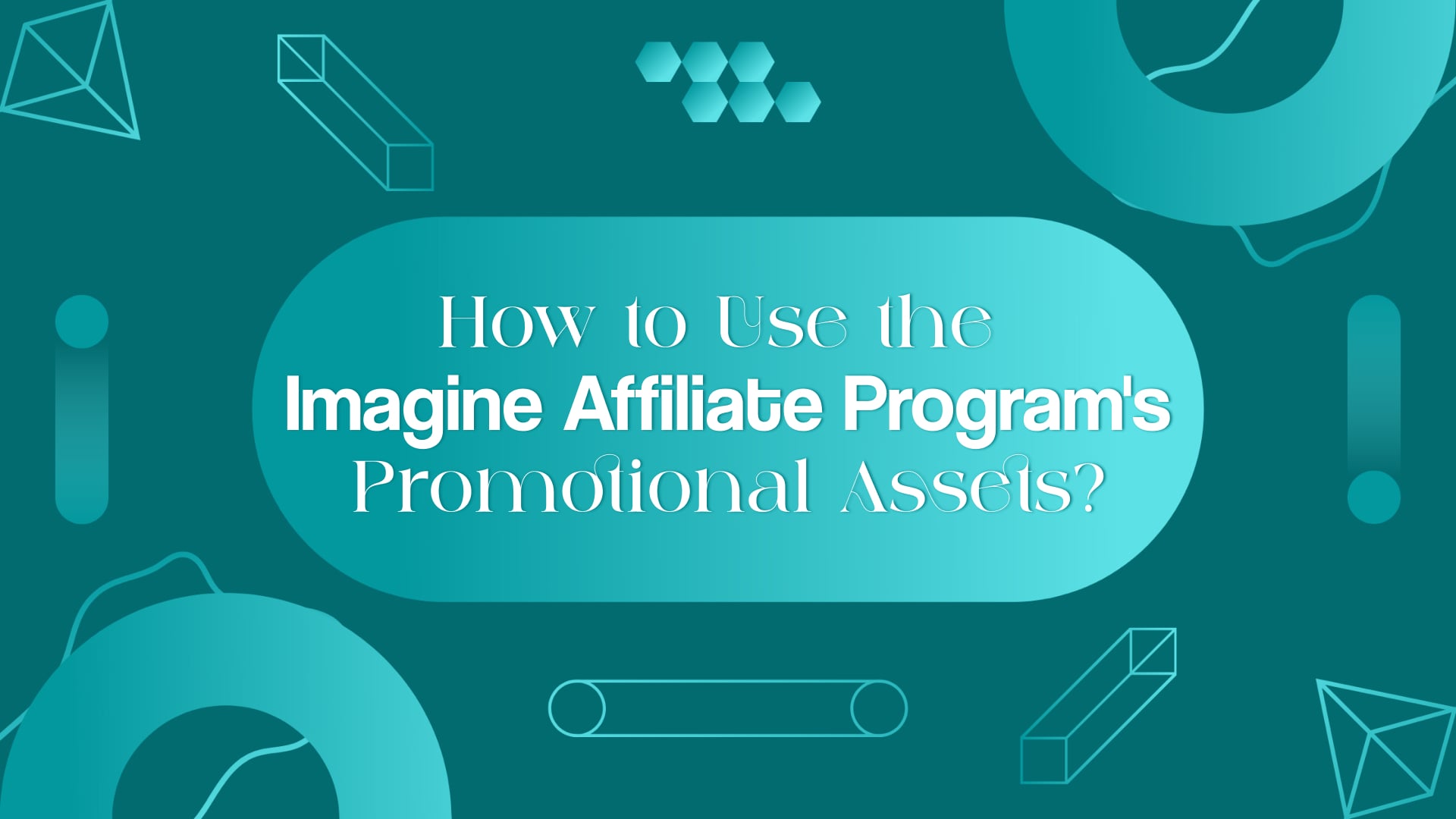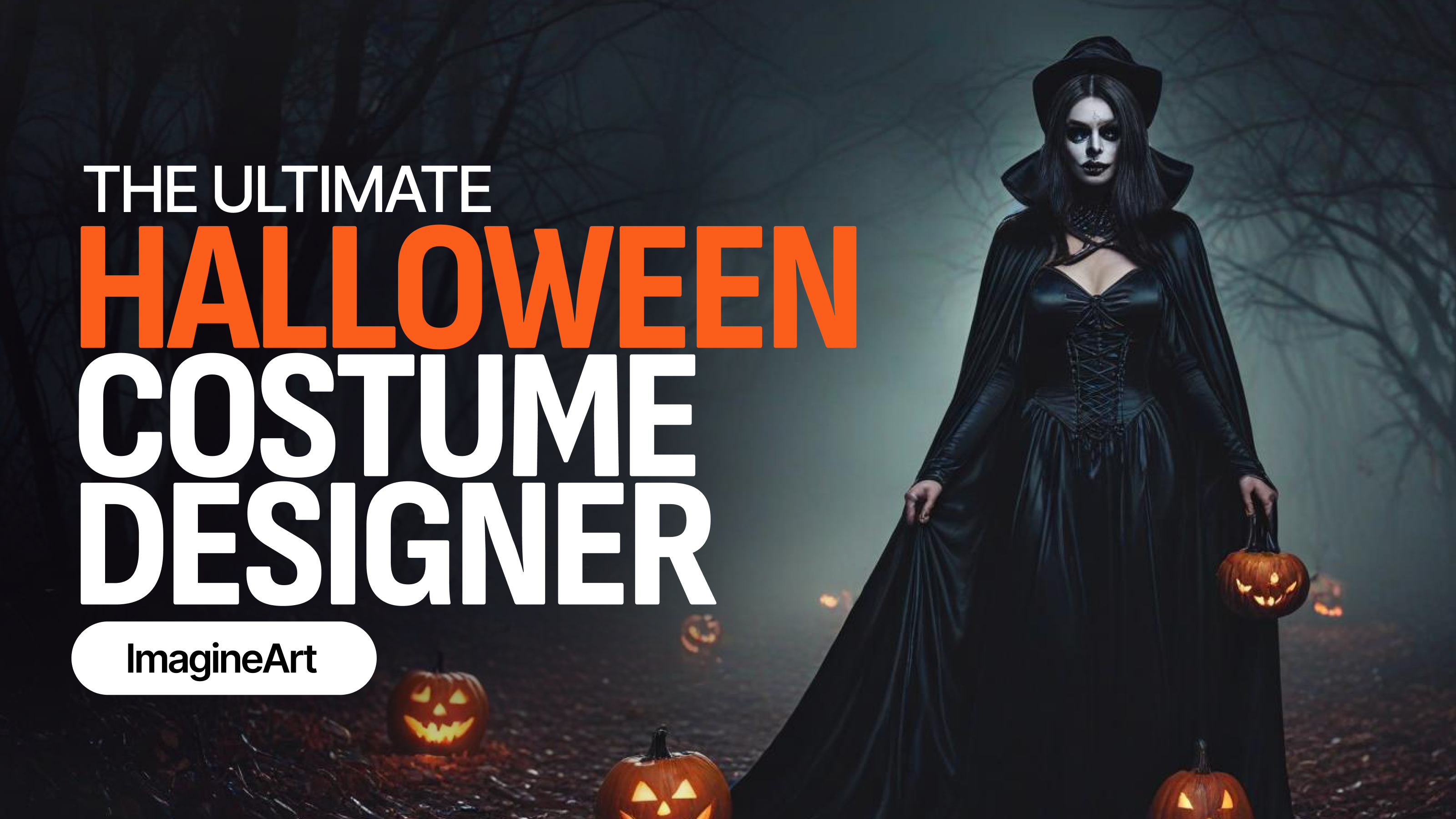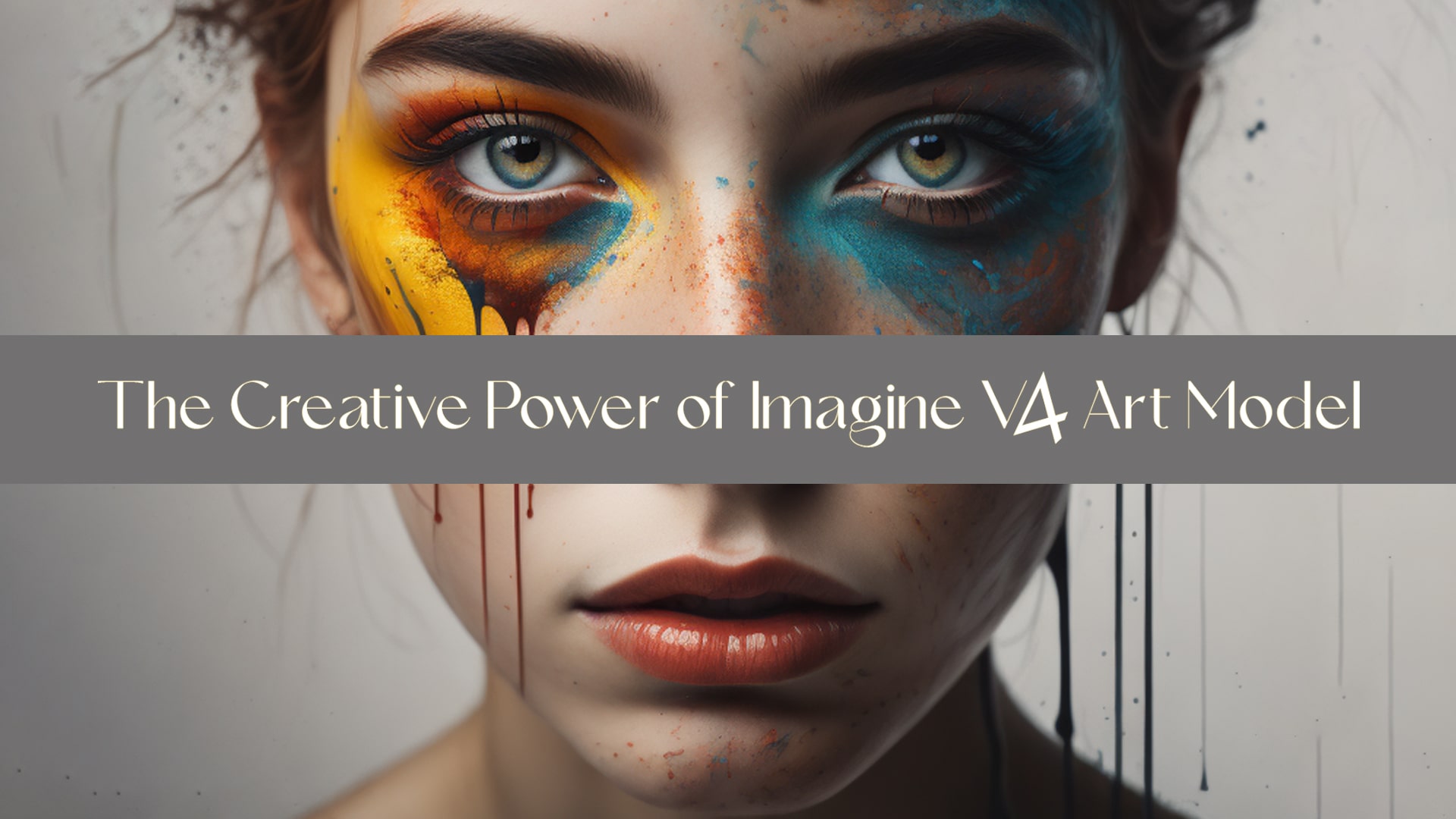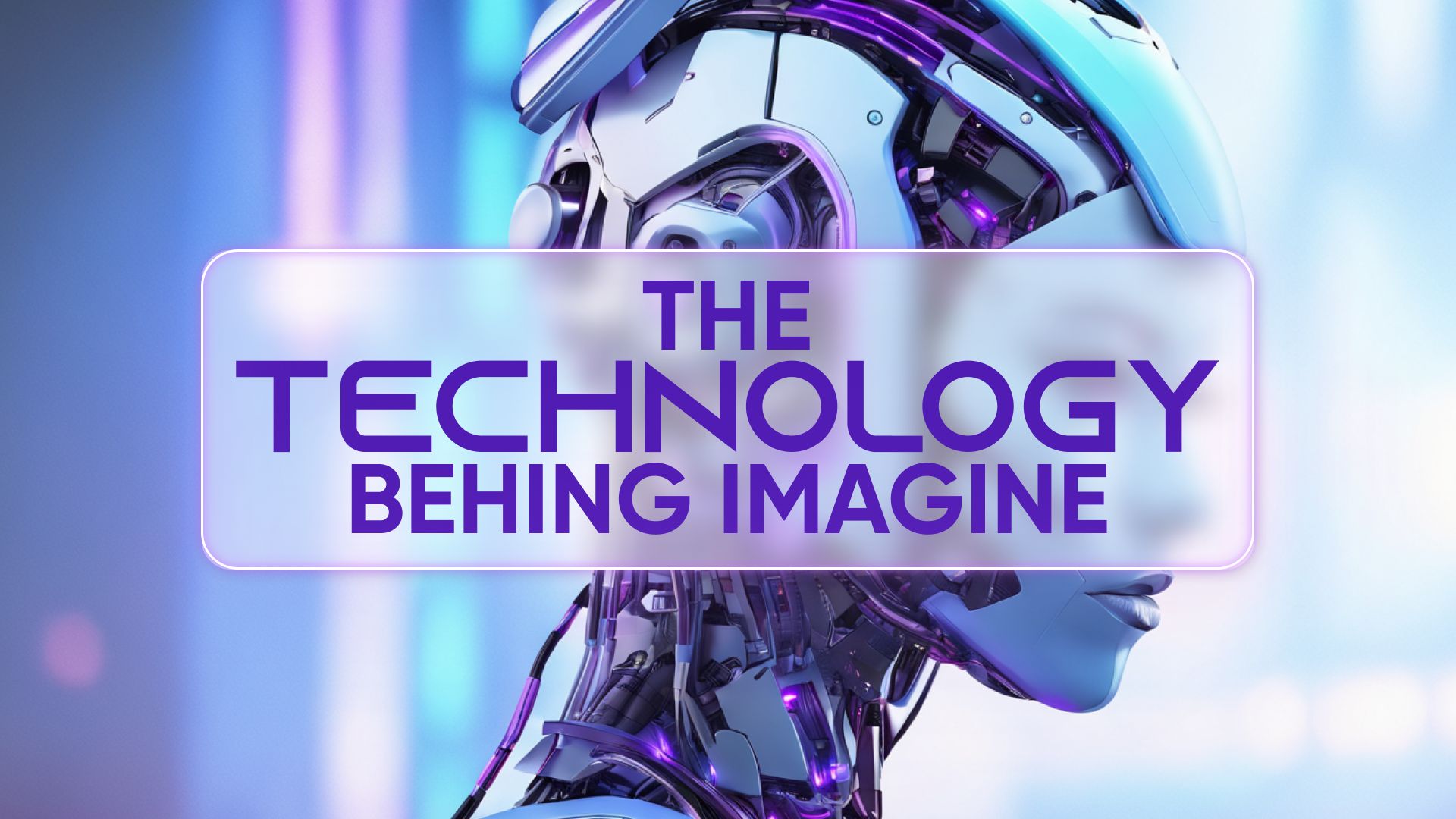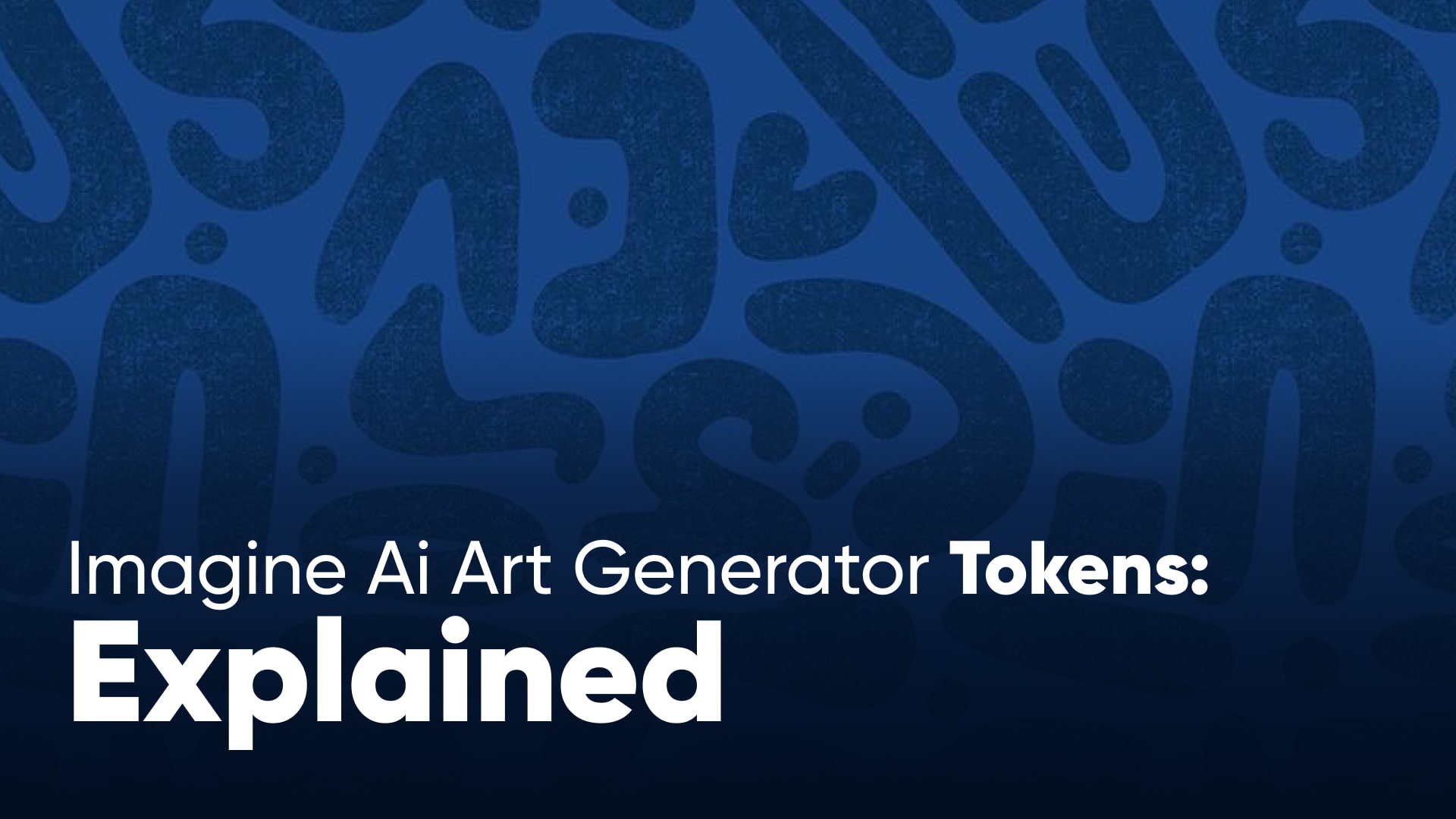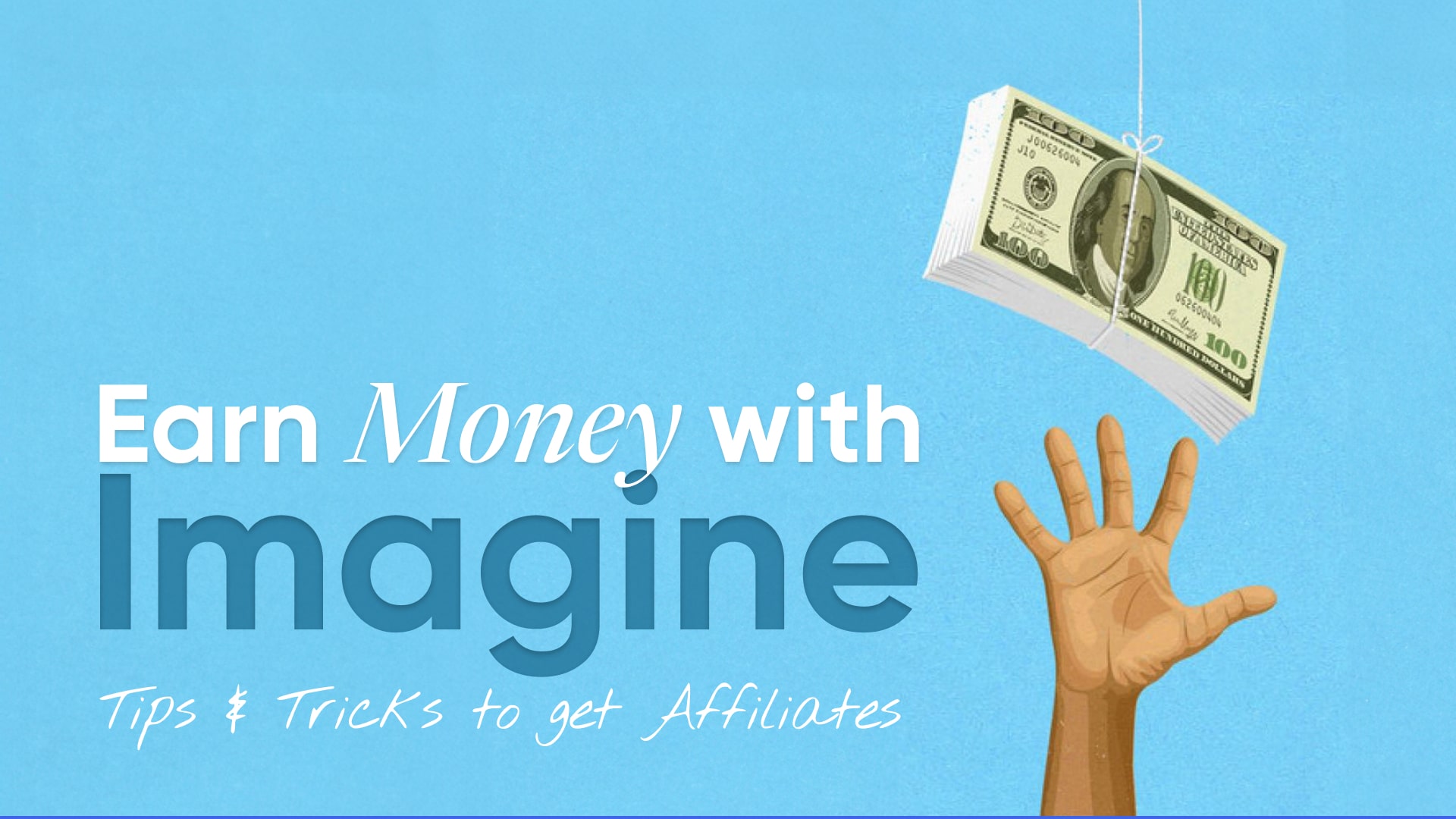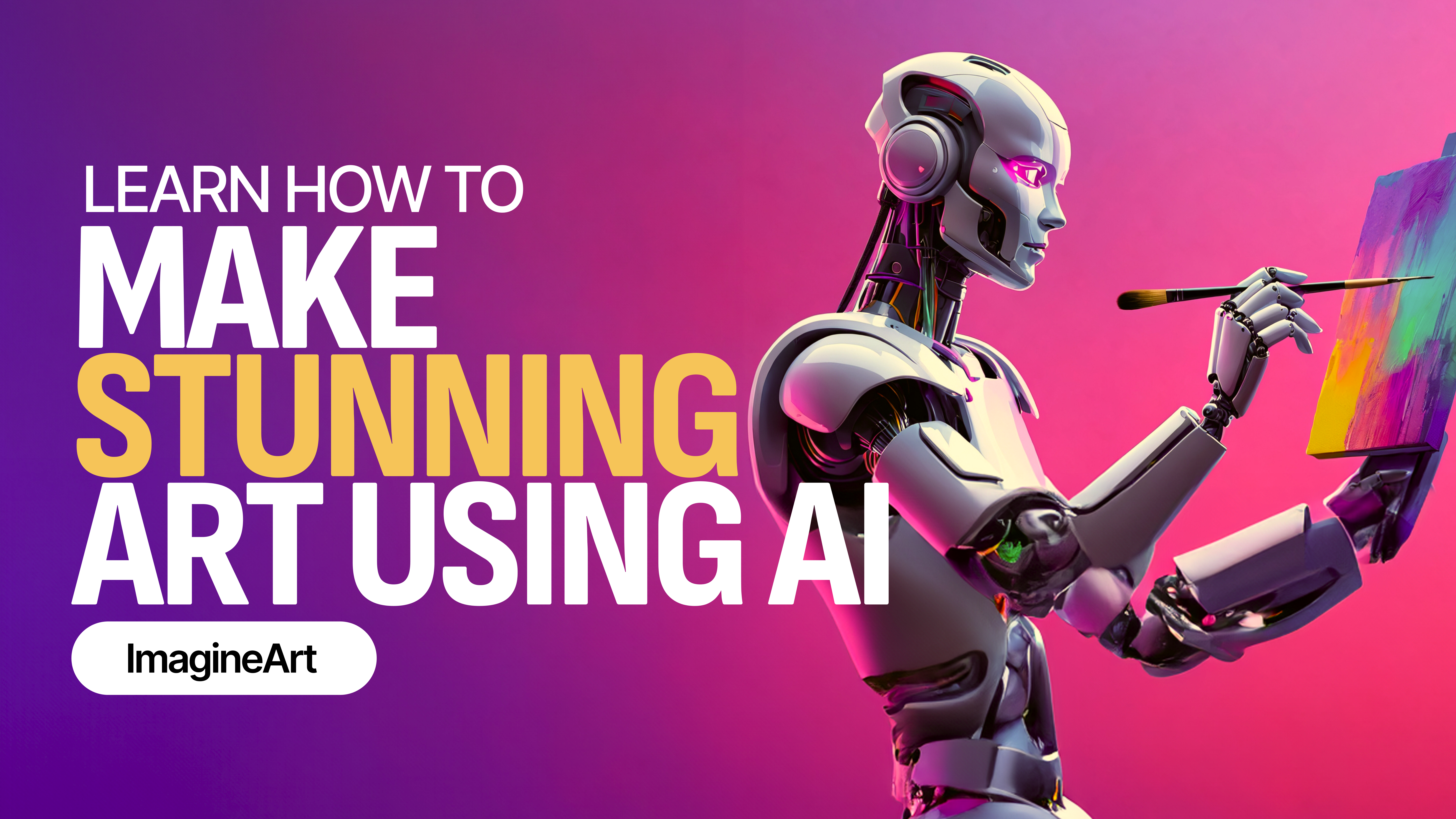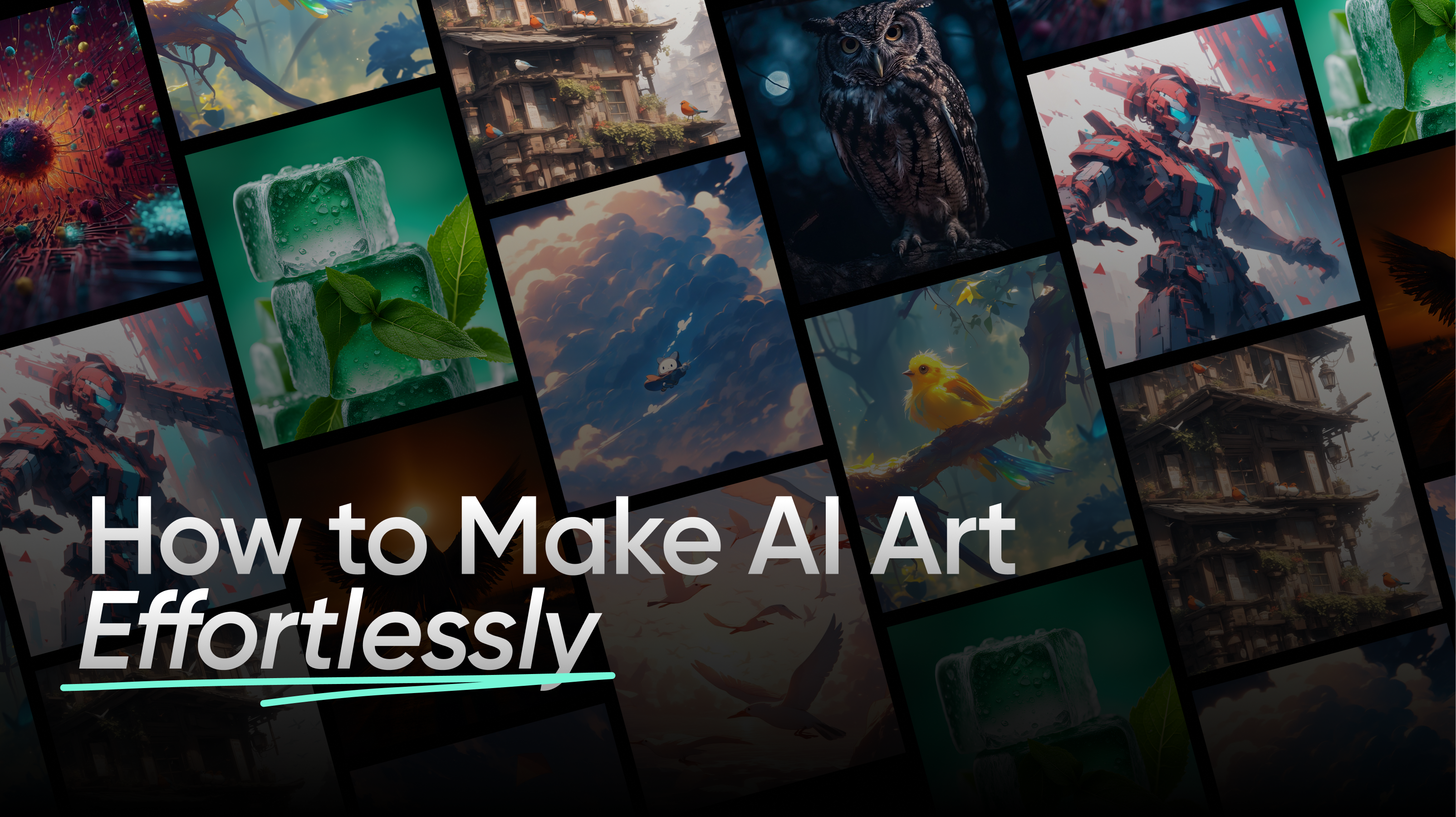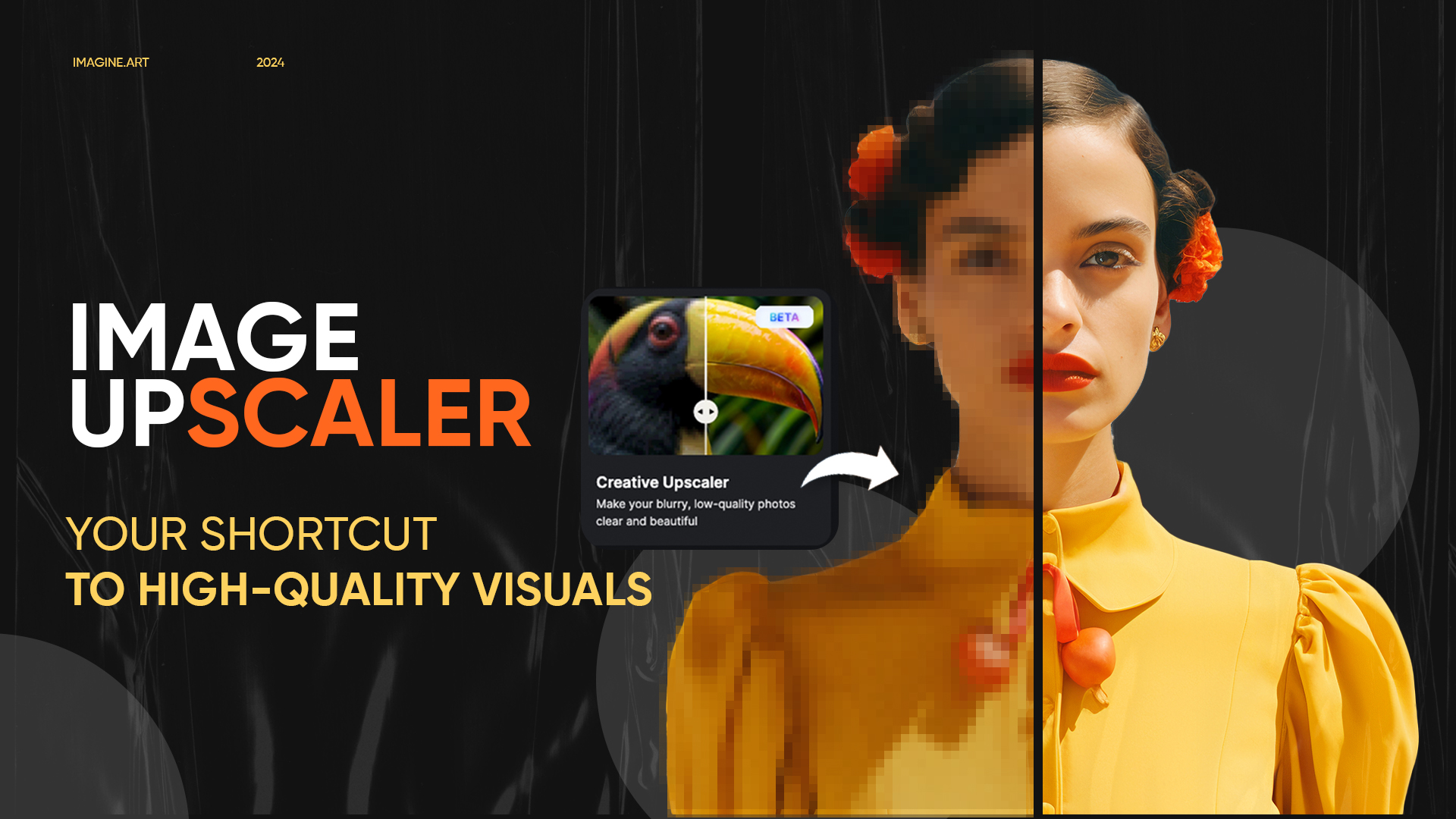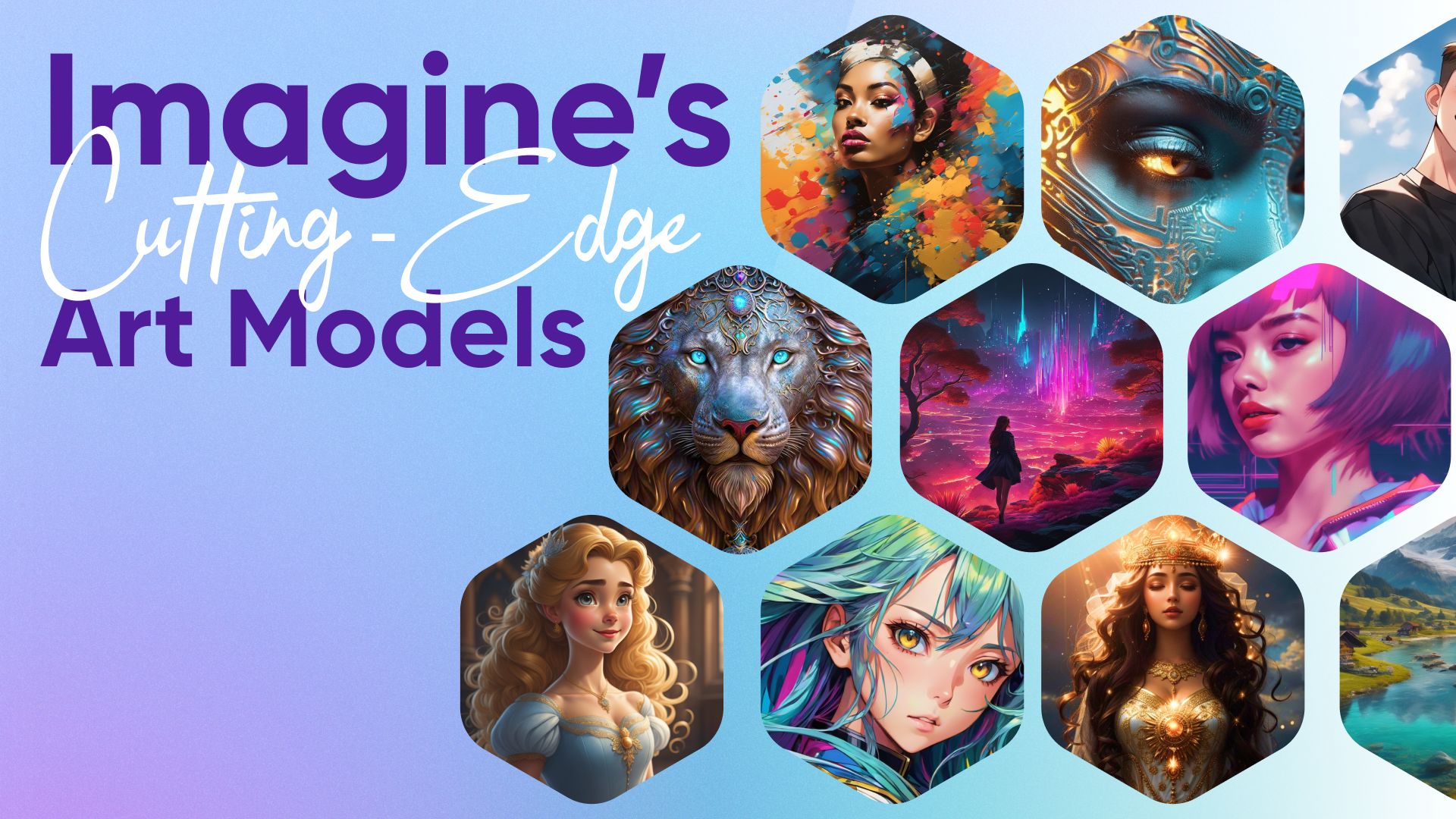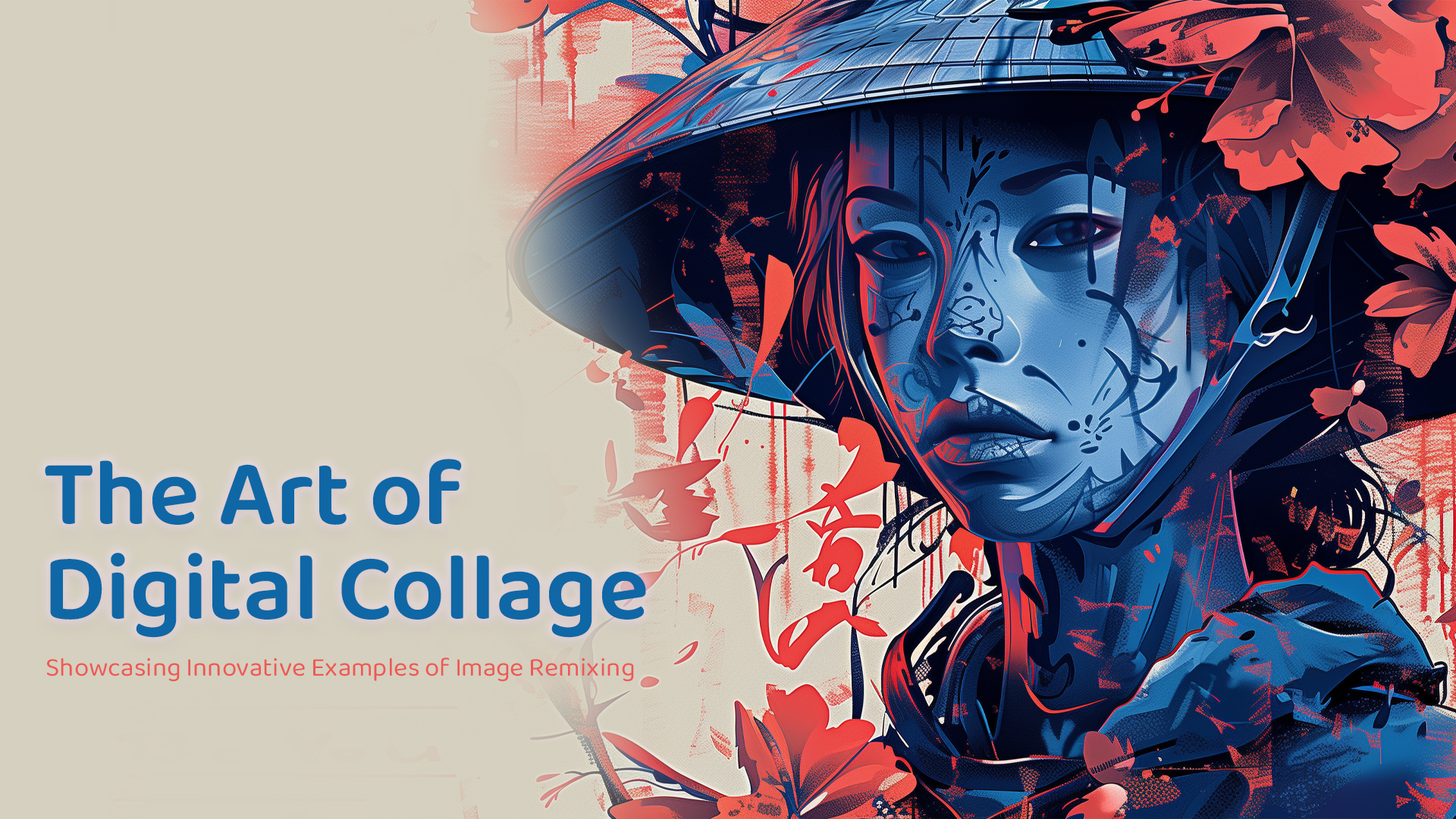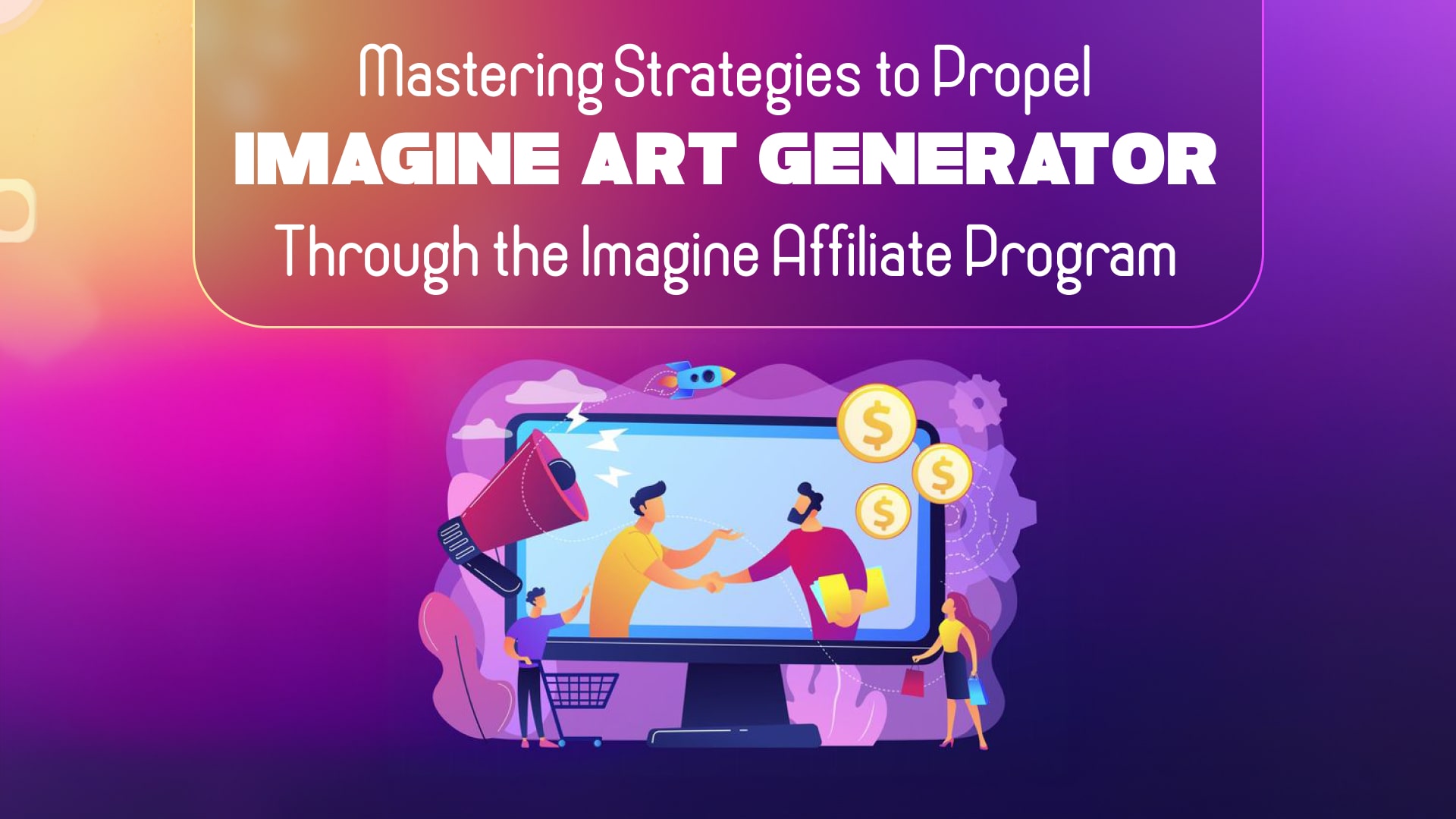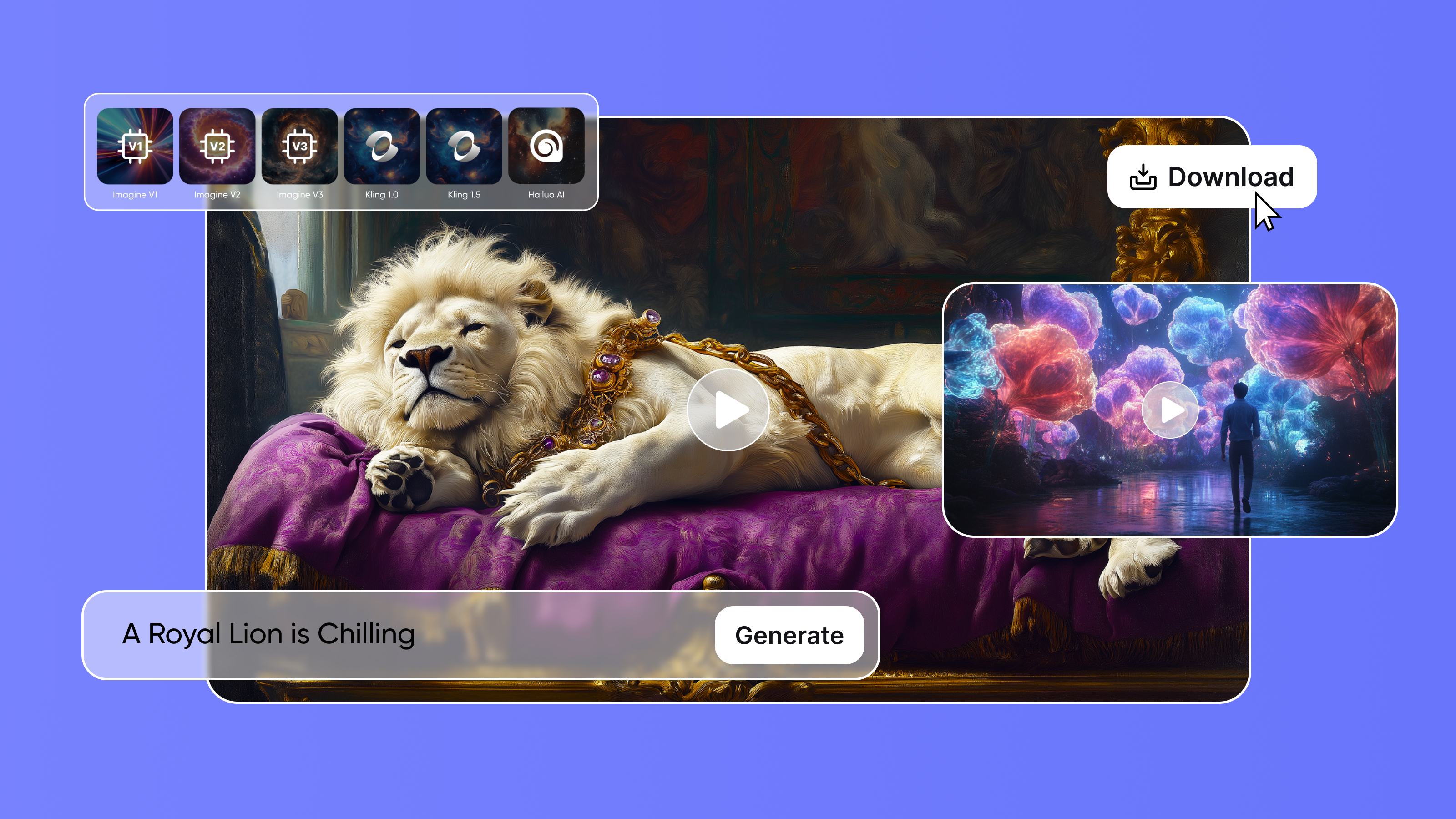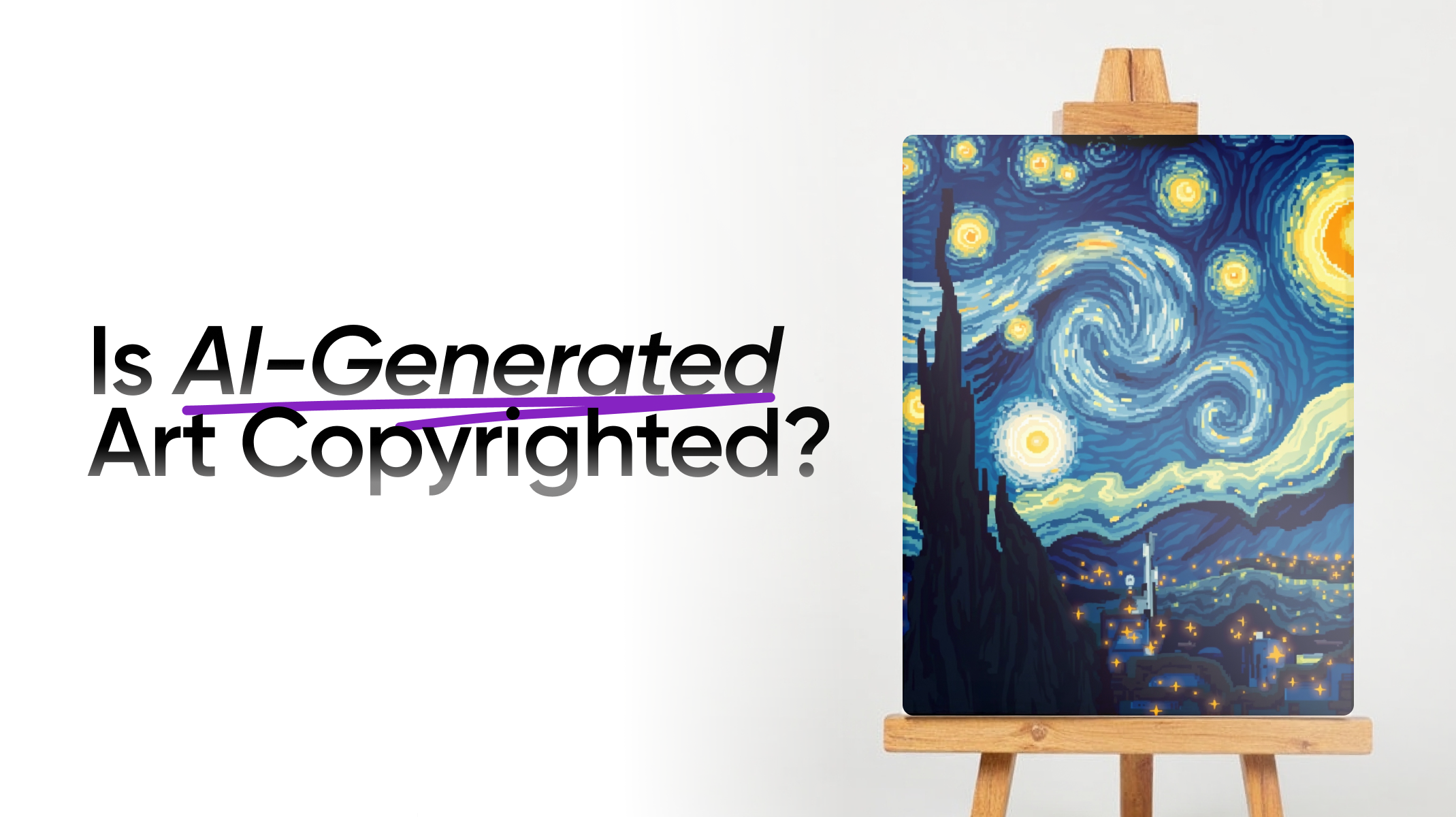

Sophia Felix
Mon Sep 30 2024
7 mins Read
AI art generators are changing how we create art. From stunning portraits to intricate designs, these tools are breaking creative barriers. However, as AI-generated art becomes more popular, legal questions arise. Can AI art be copyrighted? Is AI-generated art copyright-free for anyone to use? Let's delve into the legalities of AI-generated images.
The Fundamentals of Copyright Law
Copyright law protects original works of authorship, such as literature, music, and art. To qualify for copyright, the work must meet three key criteria:
- Originality: The work must be unique.
- Creativity: It should involve some level of creative effort.
- Human Authorship: This is the tricky part of AI-generated art.
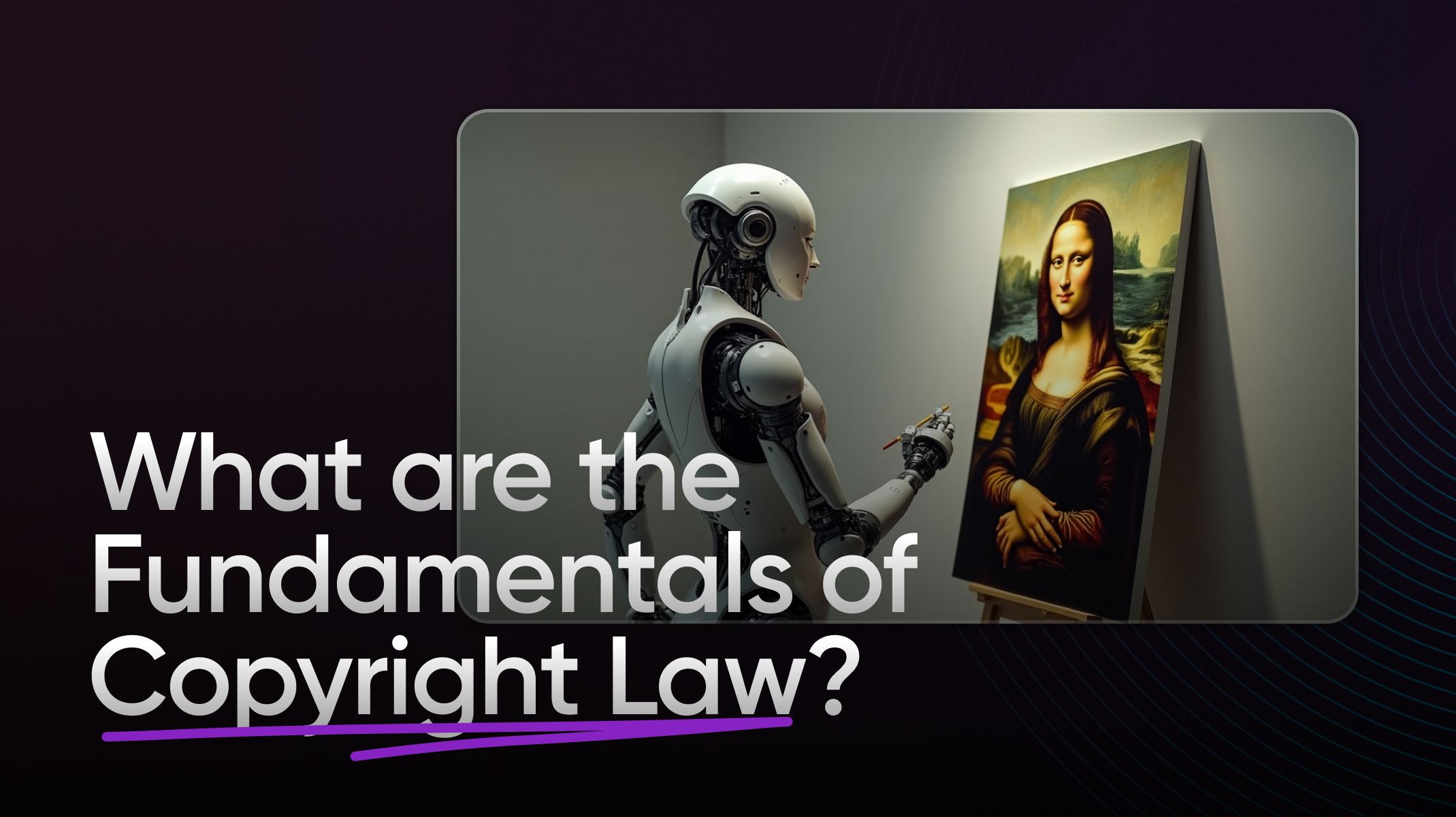 Generated with Imagine
Generated with Imagine
U.S. copyright law specifically states that only works created by a human can be copyrighted. This poses a challenge for AI-generated works, as AI is not human.
But does AI-generated art meet these criteria?
AI-generated art presents a unique challenge. Since AI tools, not humans, are the creators, the traditional concept of authorship becomes unclear. Without human involvement, copyright protection becomes a legal gray area.
So, is AI-generated art copyrighted? Based on recent legal decisions, AI-created artwork doesn’t qualify for copyright protection in the United States. The reason is simple: the law only recognizes works created by a human, and since AI isn't human, it doesn't meet the criteria for copyright.
Recent Legal Rulings on AI Art Copyright
In 2023, a U.S. court ruled that AI-generated images couldn’t be copyrighted. In this case, an artist used an AI art generator to create a piece of artwork and later tried to secure a copyright for it.
However, the court decided that because the art was created by a machine and not a human, it didn’t qualify for copyright protection. This decision has set a precedent for how future cases involving AI-generated art may be handled. Currently, under U.S. law, only works made by humans can be copyrighted. As AI technology continues to develop, this ruling may be challenged, but for now, the law remains clear. However, for now, AI-generated art is considered public domain.
The Philosophical Debate on Authorship
The legal issues surrounding AI art raise deeper philosophical questions. What does it mean to be an author? Is creativity limited to humans, or can machines create original works? AI art generators rely on vast databases of images and algorithms to produce their art.
Humans provide input, like selecting themes or styles. But, the final result is often a product of machine learning. Therefore, many argue that AI-generated images lack true originality.
The AI pulls from existing images and patterns. It just combines previous works and does not not create something new. This challenges the traditional views on creativity and authorship. It further complicates the copyright debate.
The Evolving Landscape of AI and Copyright Law
The legal landscape surrounding AI art generators is rapidly evolving. As more artists and businesses use these tools, lawmakers are noticing. Currently, U.S. law does not recognize AI-generated art as eligible for copyright.
However, other countries are exploring ways to address this issue. For example, the European Union is considering new legislation to clarify the legal status of AI-generated works.
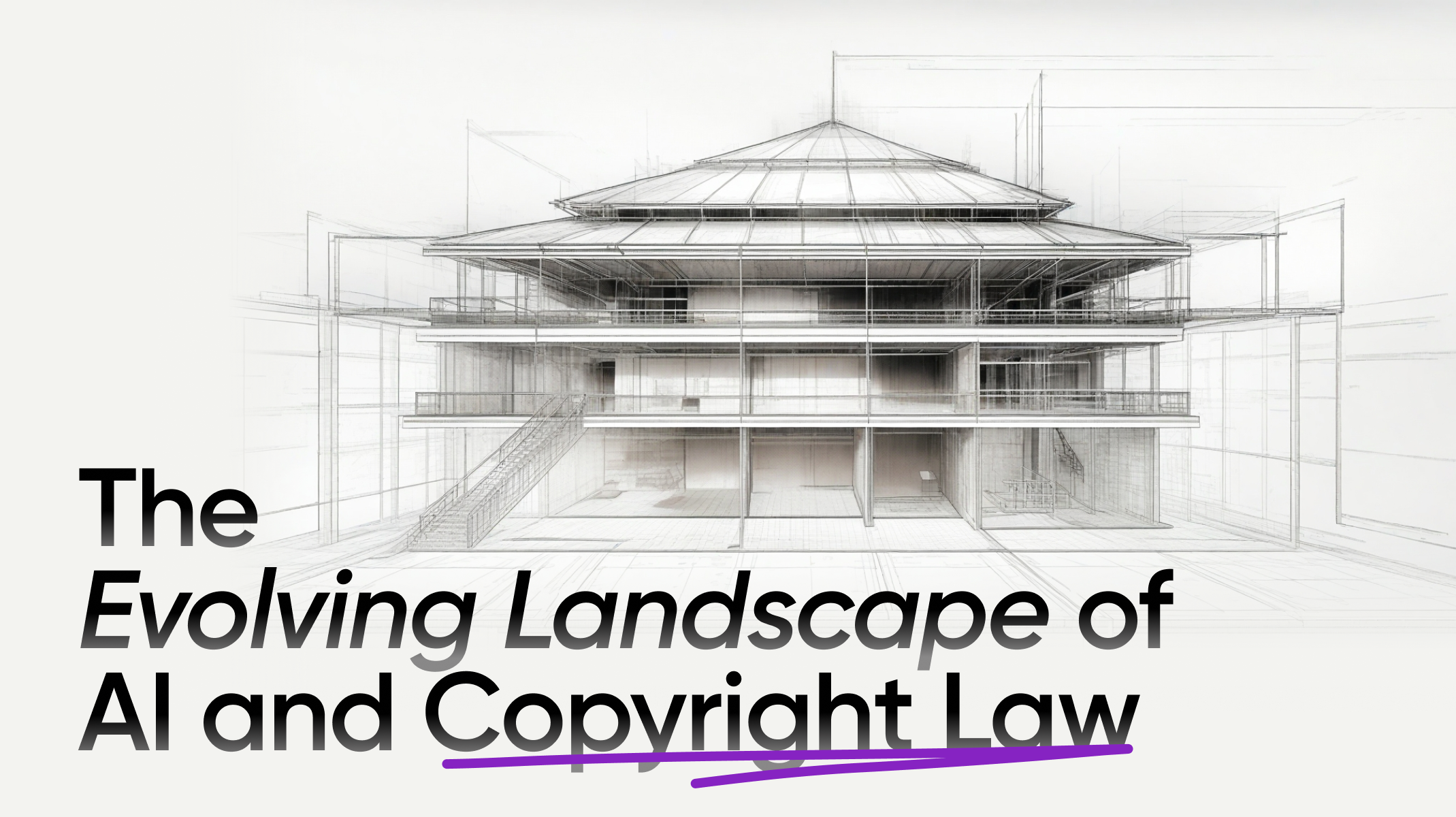 Image created with imagine Ai Art Generator
Image created with imagine Ai Art Generator
These changes could potentially open the door for AI art generators to receive some form of copyright protection. But, it remains to be seen how this will unfold.
Furthermore, experts suggest that AI-generated art may eventually require a hybrid approach. This way the person who inputs commands or guides the AI will receive partial ownership. Still, the role of the AI art generator in the creation process will be acknowledged.
Implications for Artists, Creators, and Businesses
The lack of copyright protection for AI-generated art has significant implications for all. It is a point of concern for artists, creators, and businesses alike. If AI-generated images can't be copyrighted, anyone can use or sell them without legal consequences.
This raises concerns for artists who rely on their work for income and recognition. For businesses, this presents both opportunities and risks. AI-generated images can be used freely. This cuts costs and boosts efficiency. So, the lack of legal protection means that competitors can use the same AI-generated art without repercussions, diminishing its value.
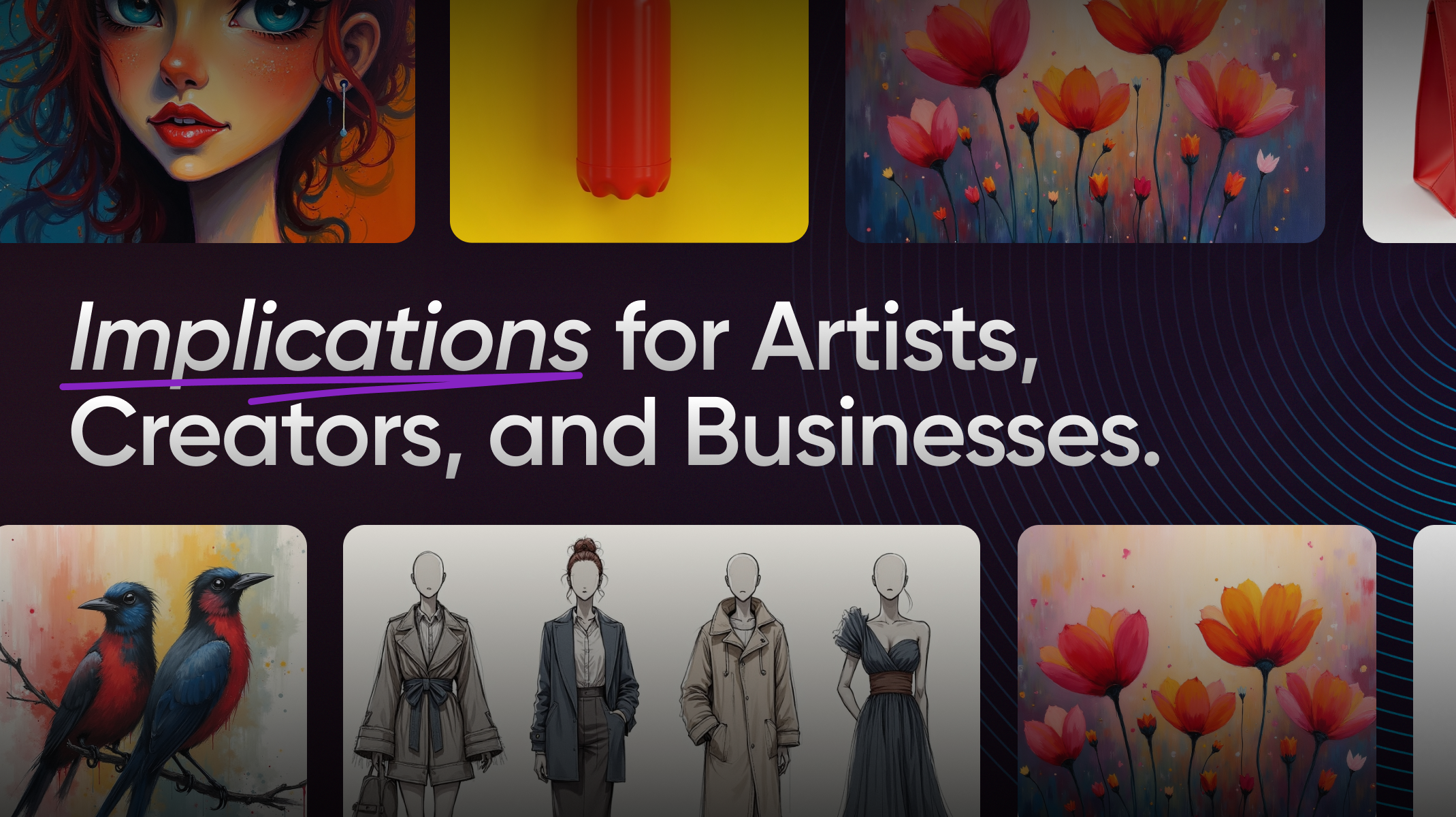 Image created with imagine Ai Art Generator
Image created with imagine Ai Art Generator
Artists and creators who use AI tools to assist in their work should be aware of these legal limitations. They may need to explore other ways to protect their art, like trademarks or patents, to safeguard their work.
AI Art in the Public Domain
AI-generated art cannot be copyrighted. So, it enters the public domain as soon as it is created. This means anyone can use, modify, or sell AI images without permission or compensation to the original user.
This presents unique challenges and opportunities for both artists and businesses. Artists may feel a loss of control over their creations, while businesses may benefit from freely available resources. However, this also means there is no exclusivity. If you use an AI art generator to create a piece, someone else could use the same tool to produce a similar image.
In this sense, AI-generated art is often considered copyrighted free because it lacks the legal protections that human-created works enjoy. Artists must weigh these risks when deciding how to use AI art generators in their creative process.
Practical Steps for Artists and Businesses
While the legal framework for AI-generated images remains unclear, there are practical steps that artists and businesses can take to protect their interests.
Keep Human Involvement High
Incorporate human creativity into the process. The more input a human provides, the stronger the case for copyright.
Trademark Your Brand
If you're using AI-generated art for branding purposes, consider trademarking your logo or design. This can provide some legal protection.
Use AI as a Tool, Not a Creator
Use AI art generators as a supplement to your creative process rather than the primary creator. This ensures that the final product includes enough human input to qualify for copyright protection.
Understand Licensing
When using AI-generated art, make sure you understand any licensing terms associated with the tool you're using. Some platforms may offer specific guidelines about how their images can be used.
FAQs
Conclusion
As AI continues to advance, the legal and ethical questions surrounding AI-generated art will become even more complex. AI art generators offer great potential. But, they challenge ideas about creativity and copyright. For now, AI-generated images cannot be copyrighted in the U.S., and they often fall into the public domain. Artists, creators, and businesses must stay updated on legal changes. They must adjust their strategies accordingly. By using human input and testing new protections, they can innovate while safeguarding their work.

Sophia Felix
Sophia Felix is an AI enthusiast and content marketer passionate about the way technology reshapes creativity and the human experience. She dives into the latest AI trends, making complex tech accessible and inspiring for everyone.
